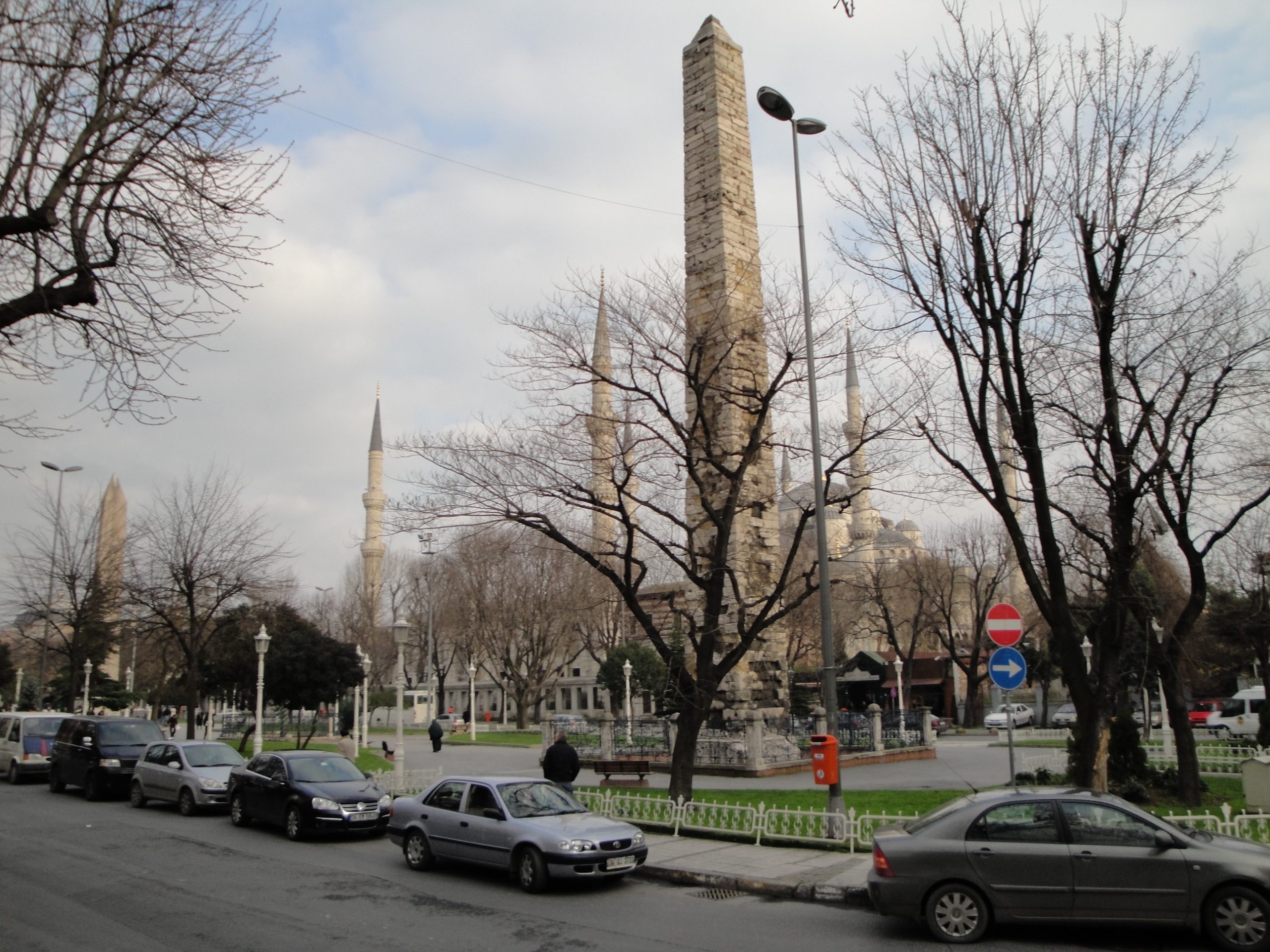Istanbul’s Urban Public Space: Continuity and connections
Johan Mårtelius

Abstract
The long survivals of open public spaces is a major feature in Istanbul’s urban history. The ancient Hippdrome, preserving its original name as the horse square, in Turkish At Meydanı, is a key example, since the 17th century also serving as an external courtyard to the Sultan Ahmet (Blue) Mosque. Such public spaces were shaped as parts of all 15th and 16th c sultan’s mosque complexes, those of Mehmet II, Bayezid II and Süleyman the Magnificent. They are still forming important urban nodes. 20th century modifications affected all these spaces, conserving their basic qualities. Most significantly this was done in the Bayezid square as designed by Turgut Cansever in the 1950s. The concept of permanence, applied mainly to Italian cities by Aldo Rossi and other late 20th c critics, is relevant also to the case of Istanbul’s urban spaces.
Mårtelius, J. “Istanbul’s Urban Public Space: Continuity and connections.” In Transformations of Public Space. Architecture and the Visual Arts in Late Modern Istanbul 1950-80, edited by E. Güngören, J. Mårtelius and G. Olsson, 14-19. Stockholm: Swedish Research Institute in Istanbul, 2021.
